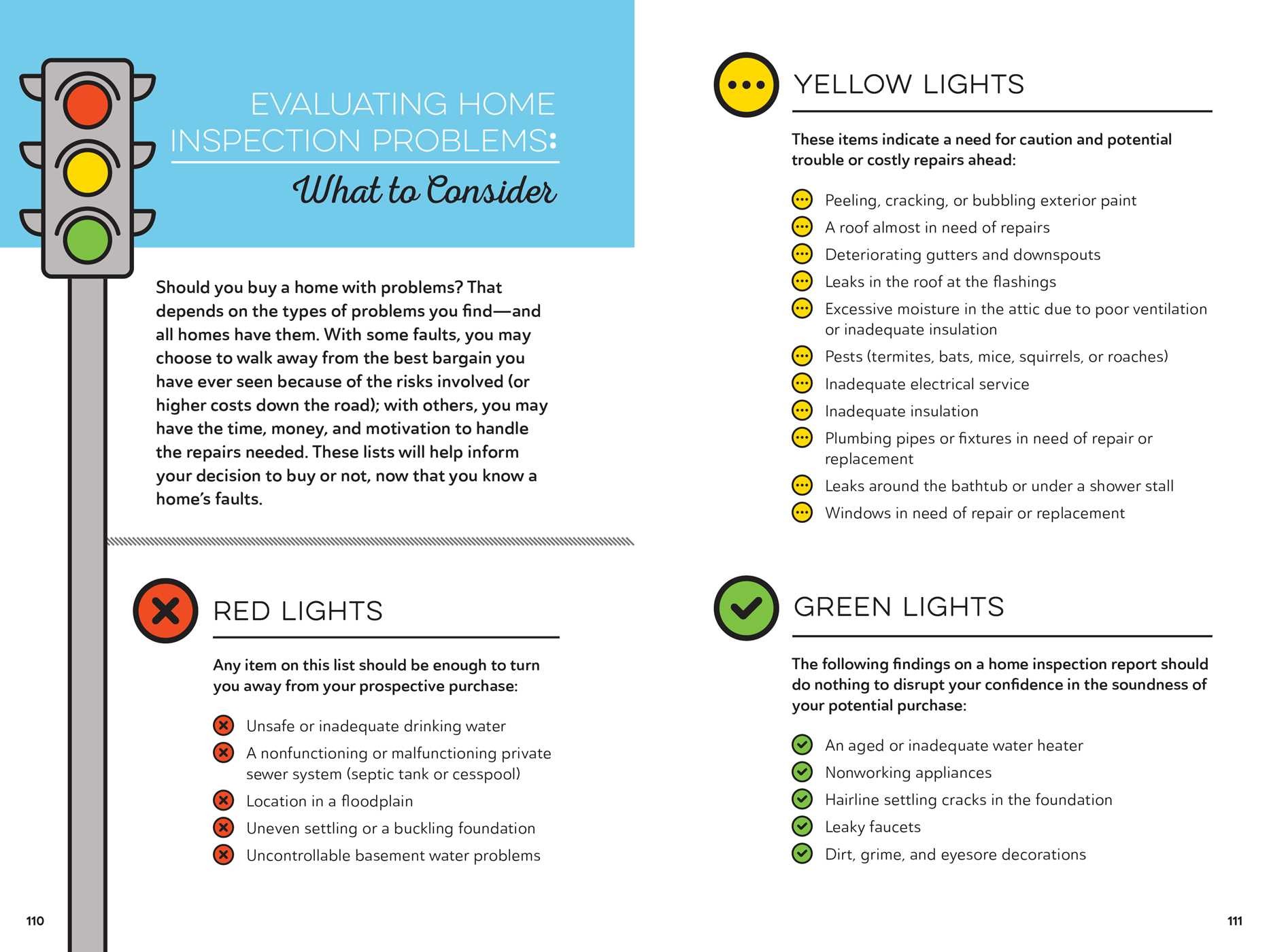When you're taking on a roofing project, you might not think much regarding roofing system ventilation, yet it's even more essential than you realize. Reliable air flow assists manage temperature level and moisture in your attic room, protecting against issues like mold and structural damages. By recognizing just how to design and mount a well balanced ventilation system, you can improve power effectiveness and lengthen the life-span of your roof covering materials. So, what are the crucial factors to consider during installation that can make all the distinction?
Relevance of Roofing System Air Flow
Roofing ventilation plays a crucial function in maintaining the total health of your home. By enabling fresh air to flow through your attic, it assists manage temperature level and moisture degrees. This balance is important to prevent warmth buildup during warm months, which can lead to enhanced power prices as your air conditioning works overtime.
Moreover, correct ventilation substantially reduces the danger of moisture-related problems like mold and mold. If humidity degrees increase, your home's structural honesty can be compromised, causing pricey repair services. You would not wish to deal with decomposing wood or distorted roof covering products, right?
Furthermore, sufficient air flow prolongs the life-span of your roof. When warmth and moisture are kept in check, your roofing can do optimally, protecting against early damage. This implies fewer migraines and expenditures down the line.
Just How Roofing Air Flow Works
Efficient roof ventilation relies upon the natural movement of air to develop a balance between consumption and exhaust. When https://caidenjexsl.bloginder.com/34603528/what-is-the-suitable-period-for-conducting-roofing-system-examinations install vents, you're essentially permitting fresh air to enter your attic room while enabling warm, stale air to leave. This procedure helps regulate temperature and moisture degrees, avoiding problems like mold growth and roof damage.
Intake vents, commonly located at the eaves, draw in great air from outside. At the same time, exhaust vents, located near the ridge of the roofing system, let hot air rise and departure. The difference in temperature produces a natural airflow, called the stack impact. As warm air rises, it develops a vacuum cleaner that draws in cooler air from the reduced vents.
To enhance this system, you require to guarantee that the intake and exhaust vents are appropriately sized and placed. If the intake is restricted, you won't achieve the wanted ventilation.
Also, inadequate exhaust can trap heat and moisture, causing possible damages.
Trick Installation Considerations
When setting up roof covering air flow, numerous vital considerations can make or break your system's effectiveness. First, you need to assess your roof covering's layout. The pitch, shape, and materials all affect air movement and ventilation choice. Make sure to select vents that match your roofing type and local climate conditions.
Next off, think about the placement of your vents. Ideally, you'll want a balanced system with intake and exhaust vents positioned for optimum air movement. Area intake vents short on the roofing and exhaust vents near the top to urge an all-natural circulation of air. https://www.saltwire.com/atlantic-copyright/lifestyles/local-lifestyles/antigonish-roofer-displaying-creative-side-with-unique-designs-477221/ protect against wetness buildup and advertises energy efficiency.
Do not forget insulation. https://roofing-tiles28384.blog-kids.com/34152066/regular-mistakes-in-roof-covering-setup-and-approaches-for-avoidance in your attic prevents heat from running away and keeps your home comfortable. Make certain that insulation does not obstruct your vents, as this can impede air flow.
Finally, consider upkeep. Pick ventilation systems that are easy to access for cleansing and evaluation. Routine upkeep guarantees your system continues to function properly over time.
Verdict
In conclusion, roof covering ventilation is important for a successful installment. By guaranteeing correct air movement, you can avoid heat build-up and dampness issues that cause pricey damages. When you tactically placement intake and exhaust vents, you enhance power efficiency and extend the lifespan of your roof covering. Remember, a well-ventilated roofing system not only secures your financial investment but additionally boosts your interior air quality. So, focus on ventilation to make sure a resilient and affordable roofing system for your home.

 Spencer Elden Then & Now!
Spencer Elden Then & Now! Alicia Silverstone Then & Now!
Alicia Silverstone Then & Now! Jenna Von Oy Then & Now!
Jenna Von Oy Then & Now! Andrew McCarthy Then & Now!
Andrew McCarthy Then & Now! Barbara Eden Then & Now!
Barbara Eden Then & Now!